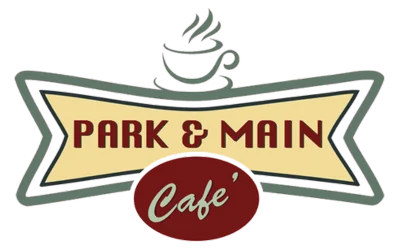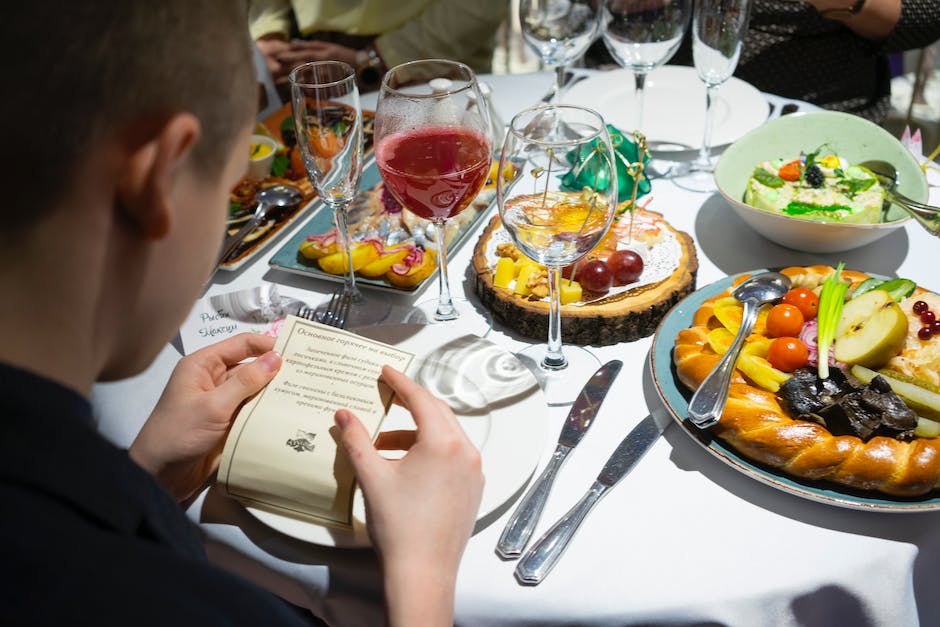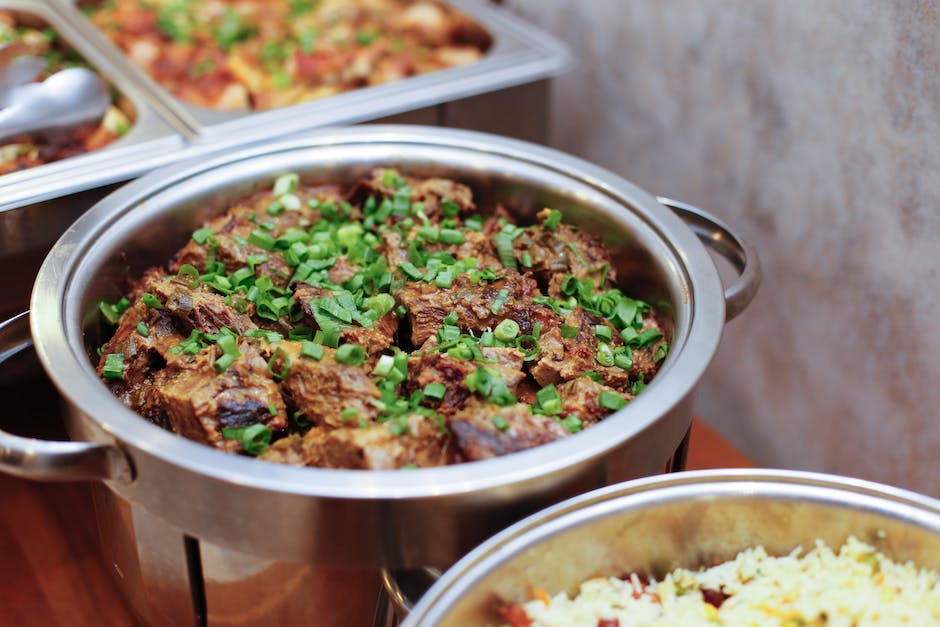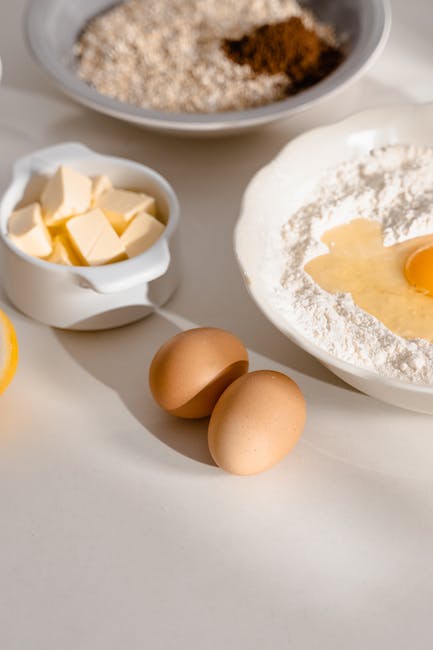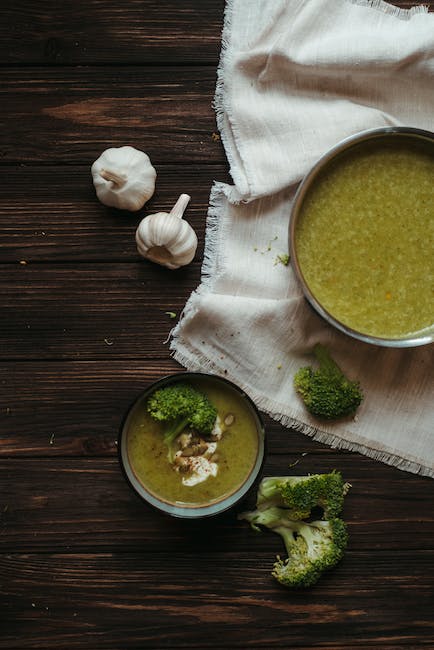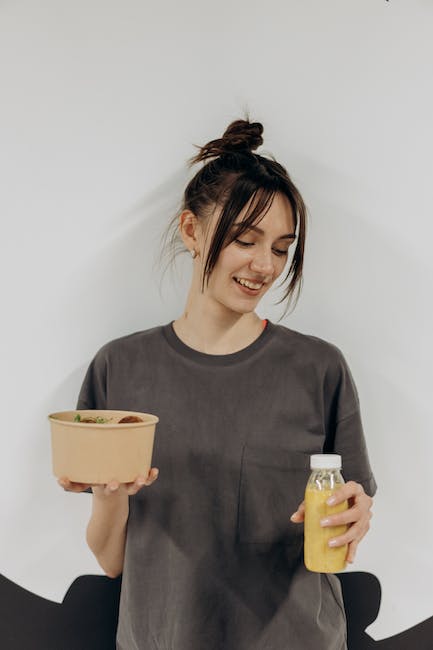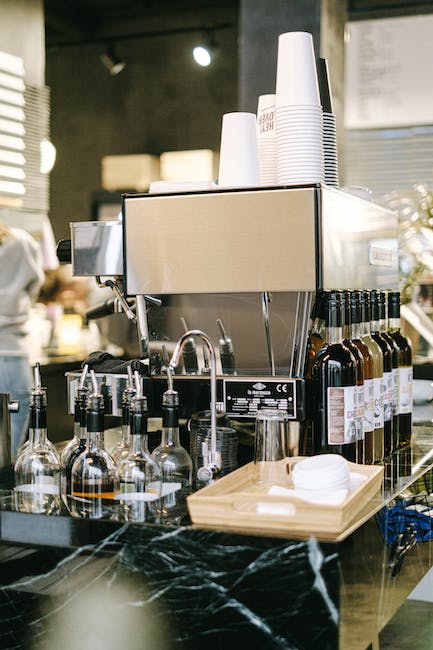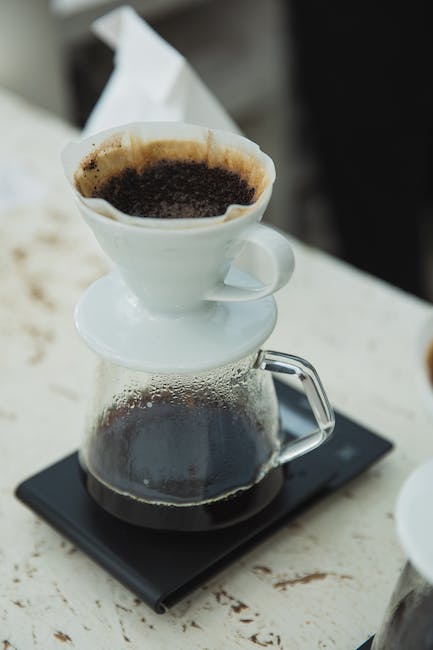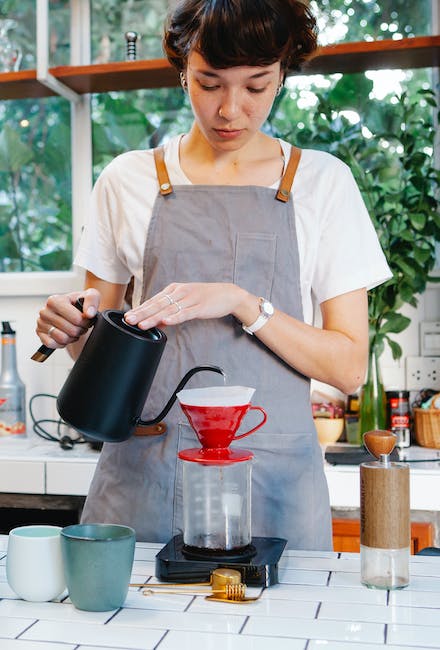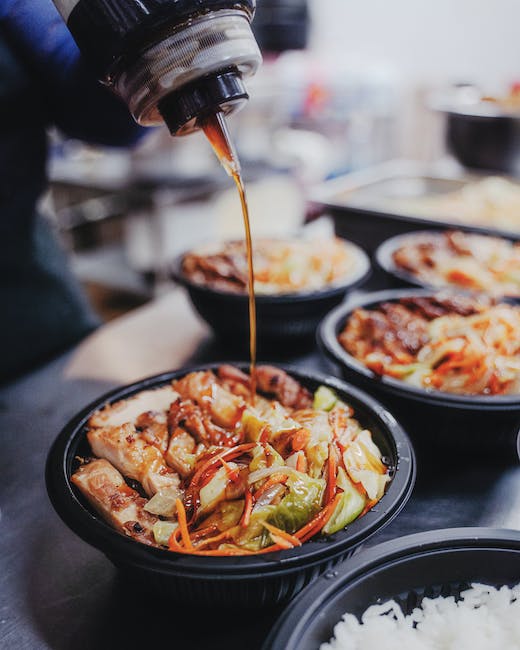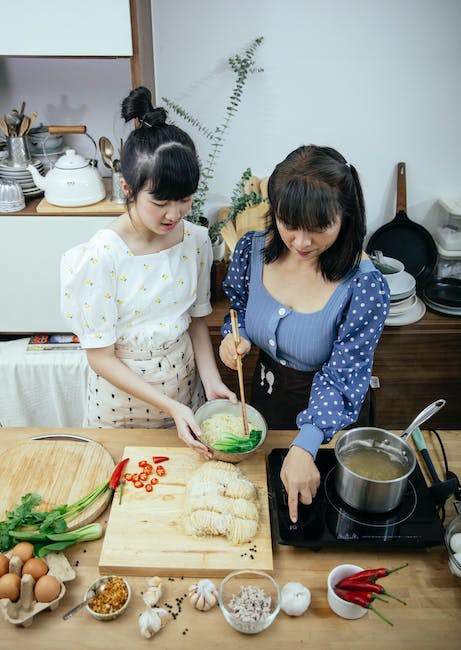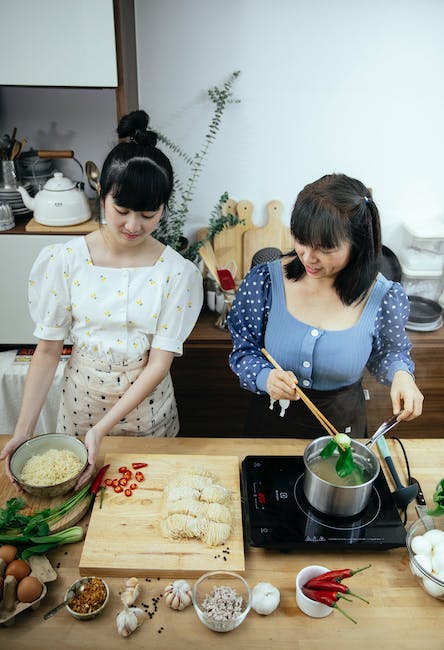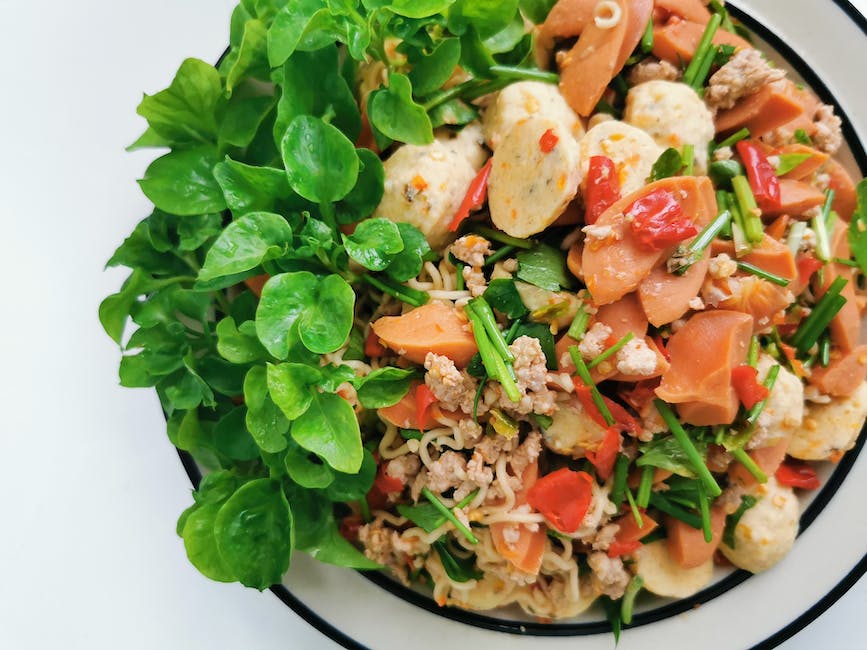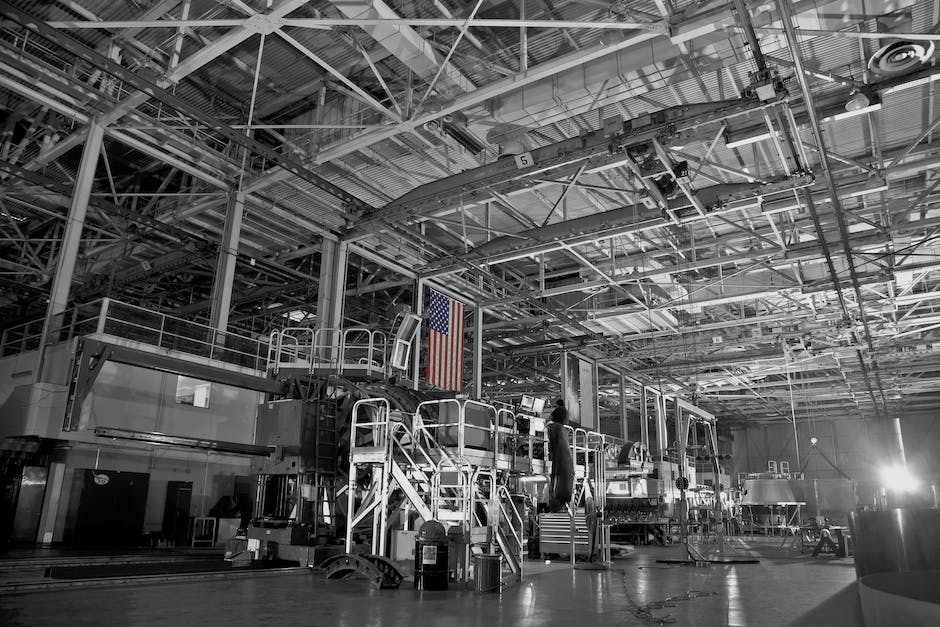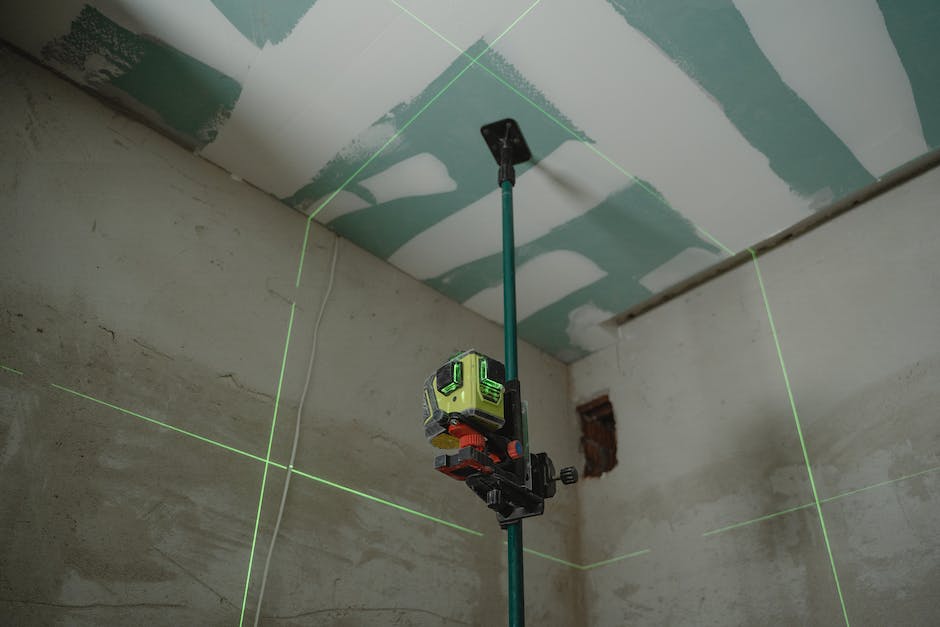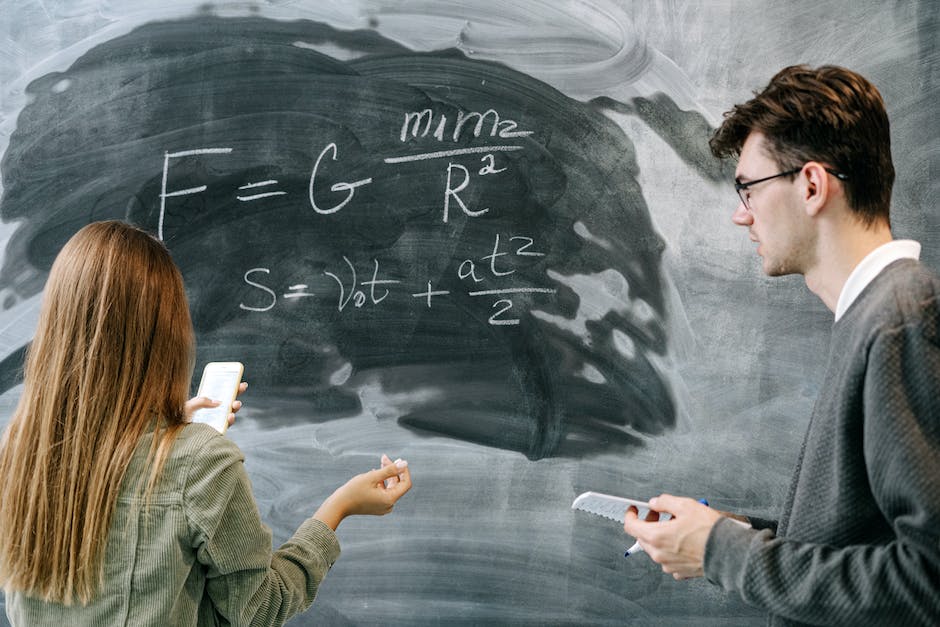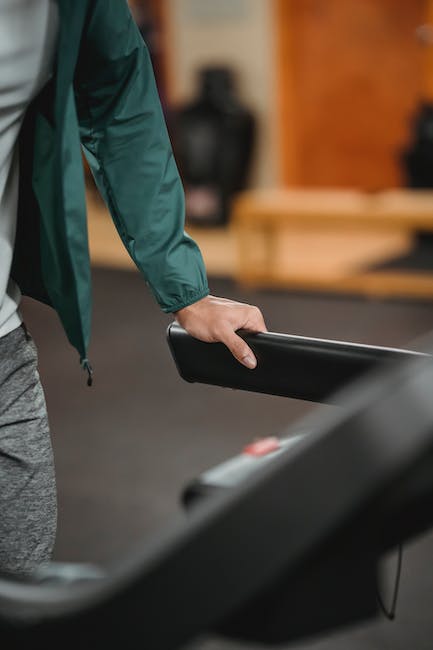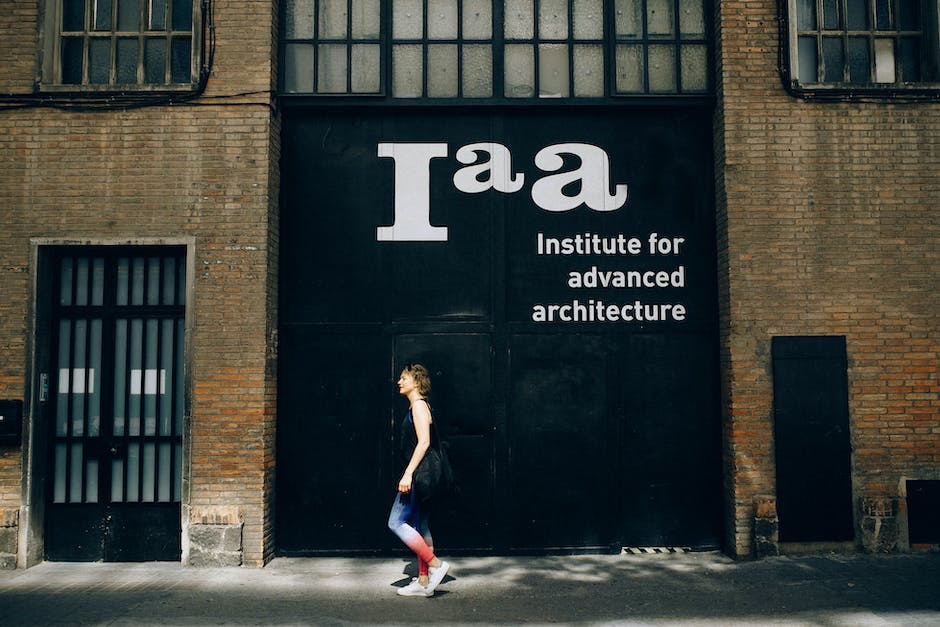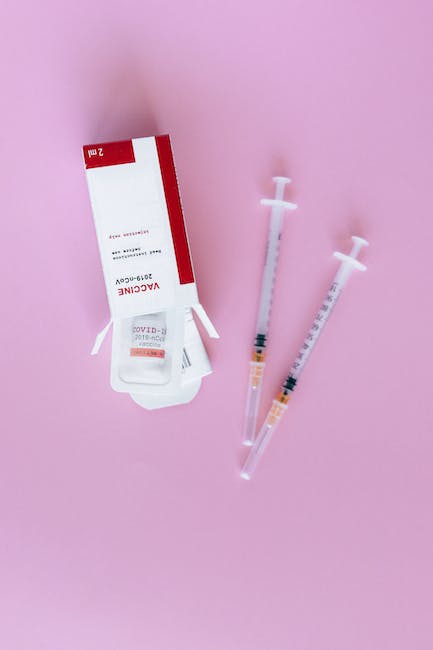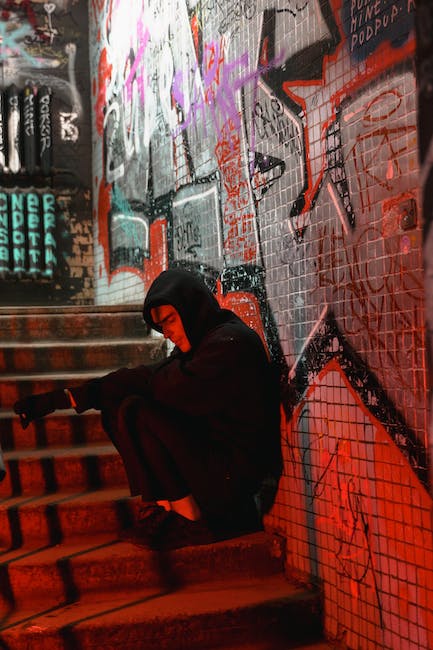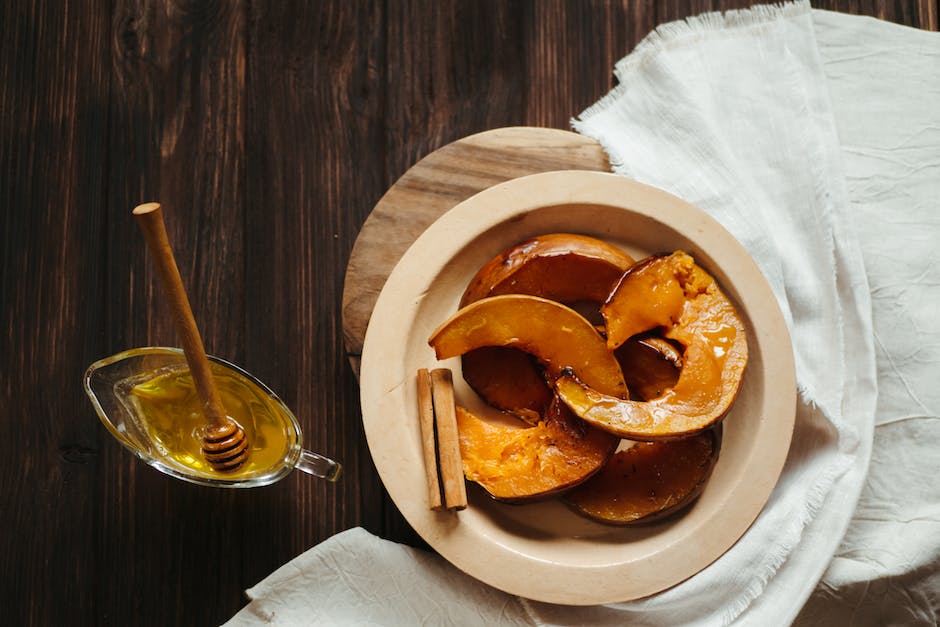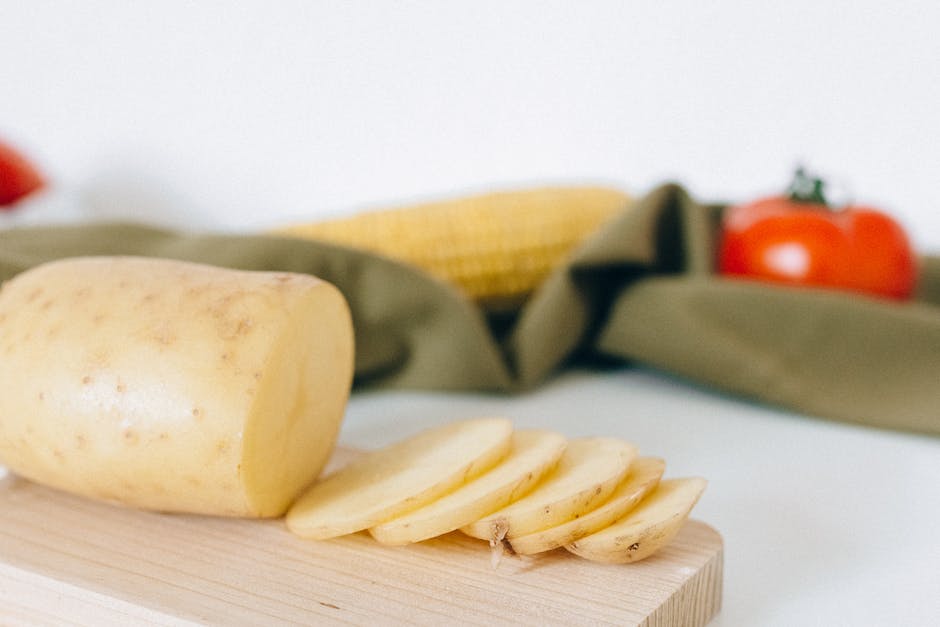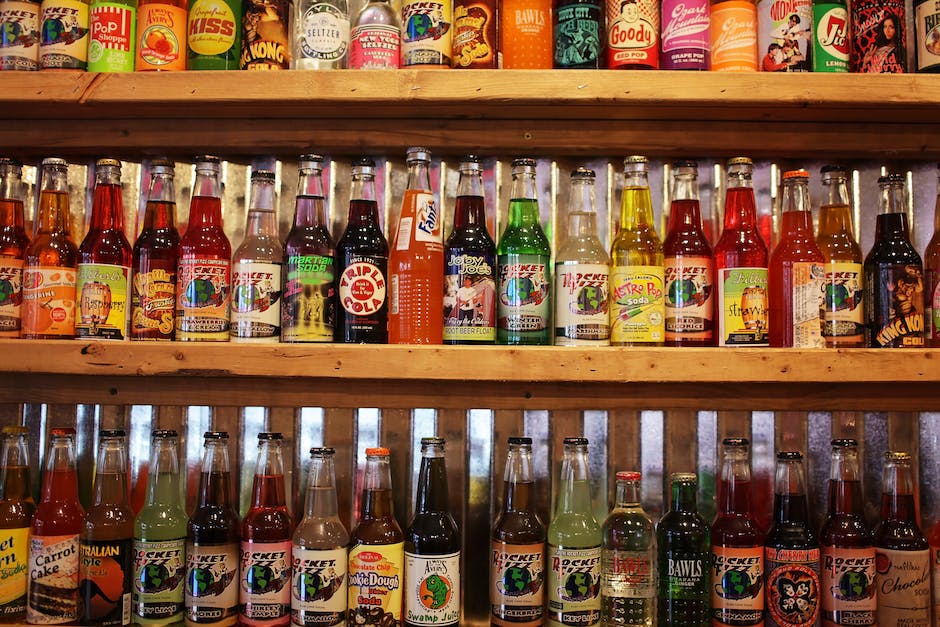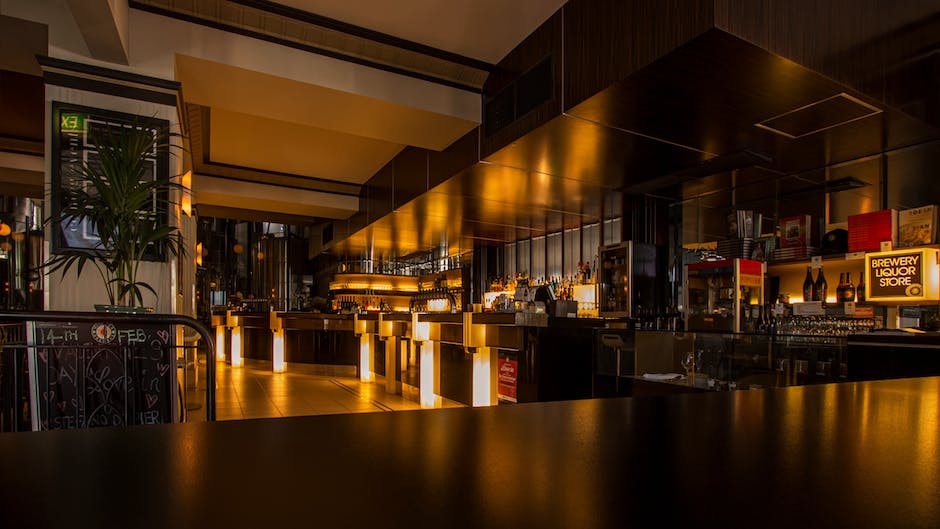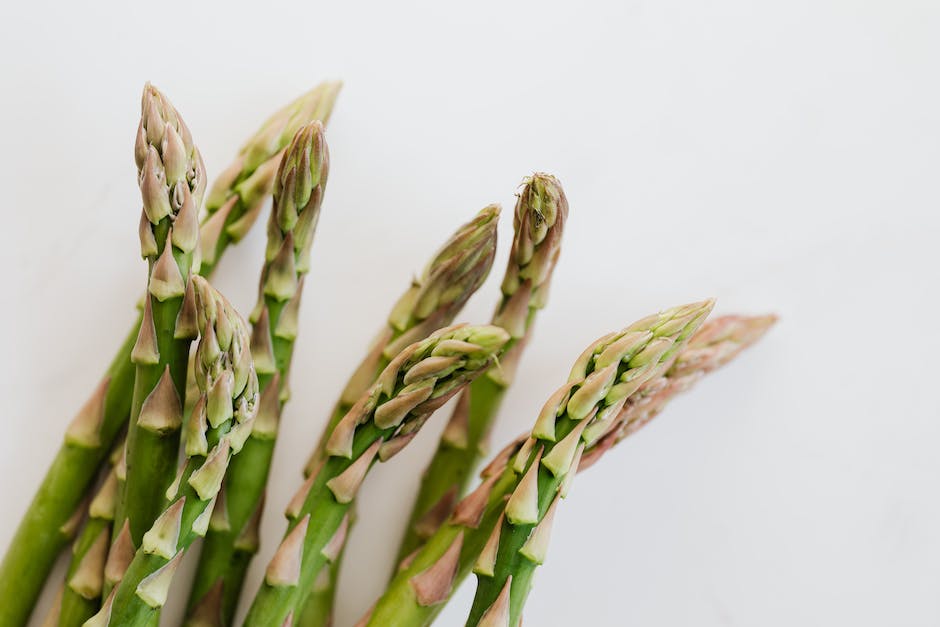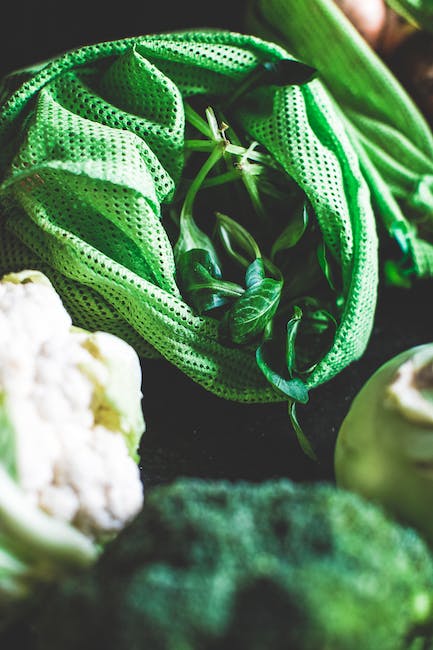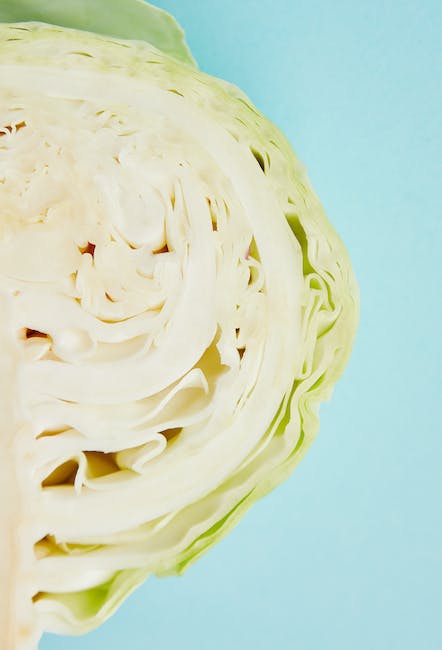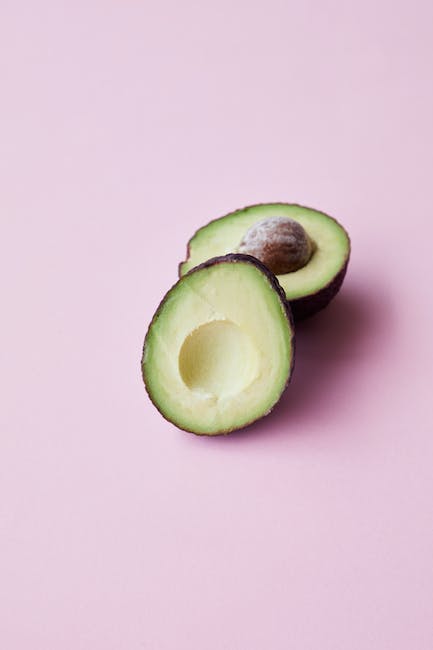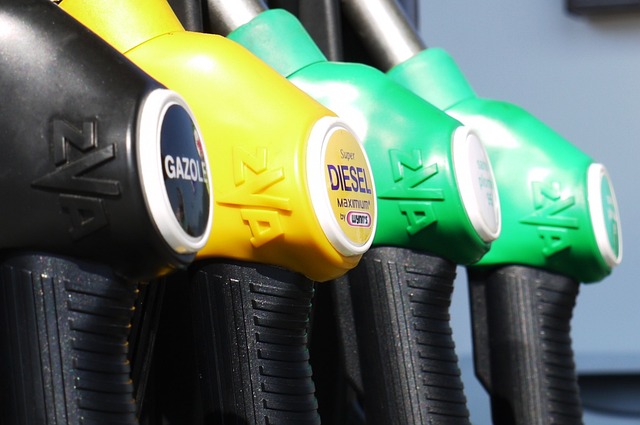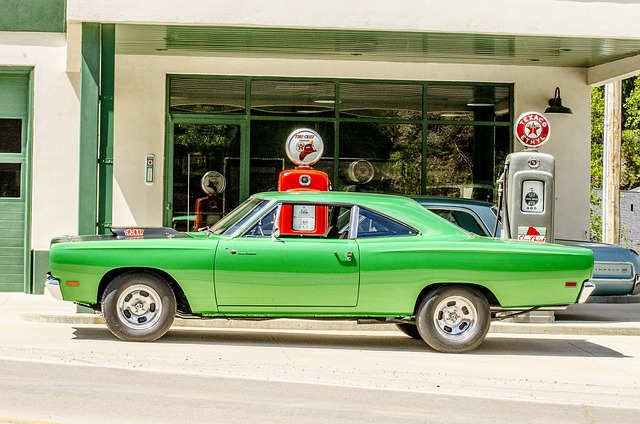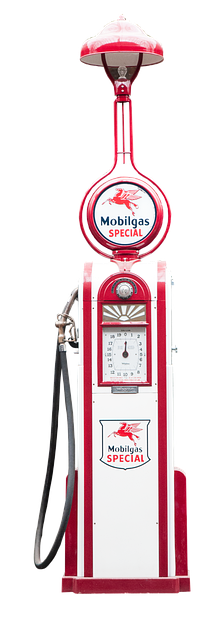How long to cook chicken breast in oven at 350
Understanding how long to cook chicken breast in oven at 350 is essential in creating a tender, juicy chicken dish that your family and friends will love. Let’s dive into the specifics.
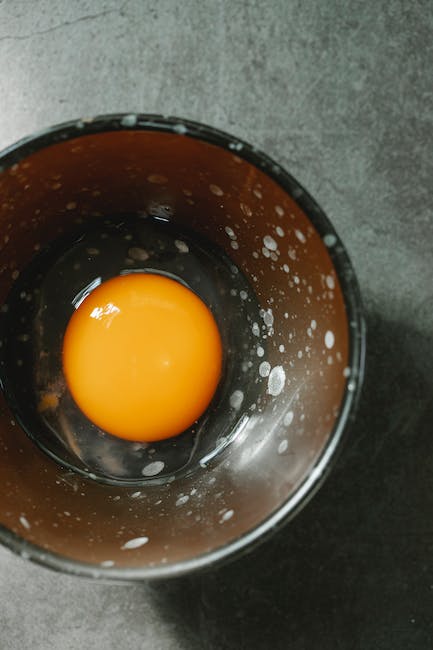
The Perfect Cooking Time: 25-30 Minutes
In general, the chicken breast needs to be baked in the oven for 25-30 minutes at a temperature of 350 degrees Fahrenheit. The actual cooking time could slightly vary depending on the size and number of chicken breasts you are cooking. However, this standard time usually results in a perfectly cooked chicken with a golden brown crust.
For a boneless chicken breast, you may need to cook it for an additional few minutes to ensure that the middle is thoroughly cooked. It’s crucial to find the balance between cooking the meat thoroughly and avoiding excessively long cooking times that might dry out the meat.
Managing Internal Temperature for Perfectly Cooked Chicken
For a perfectly cooked chicken, it’s vital to reach an internal temperature of 165 degrees Fahrenheit. To check the internal temperature, use a meat thermometer and insert it into the thickest part of the chicken.
Be careful not to touch any bones while checking the temperature, as bones heat faster than meat and will provide inaccurate readings. Maintaining the correct internal temperature ensures that your chicken is safe to eat, and also helps preserve its juiciness.
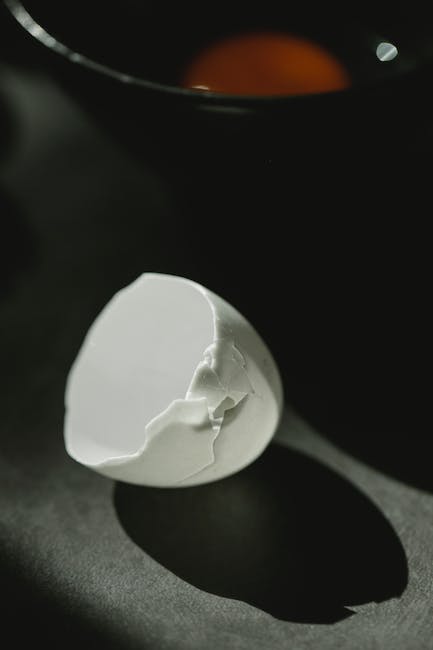
Why Preventing is Better to Bake Chicken at 350
It’s better to bake chicken at 350 degrees because higher temperatures can cause the chicken to dry out. On the other hand, lower temperatures may not fully cook the chicken.
Furthermore, at 350 degrees, the chicken skin is more likely to turn a perfect golden brown, adding an extra layer of flavor and texture. Maintaining this temperature throughout the cooking process ensures that you have a juicy chicken that is both delicious and safe to eat.

Baking Bone-in Chicken
When baking bone-in chicken, you need to monitor the cooking time and check the internal temperature consistently. The bone can conduct heat, which may result in uneven cooking.
On the plus side, bone-in chicken is generally juicier than boneless ones. But remember, it might take a bit longer than 30 minutes to fully cook a bone-in chicken at 350 degrees.
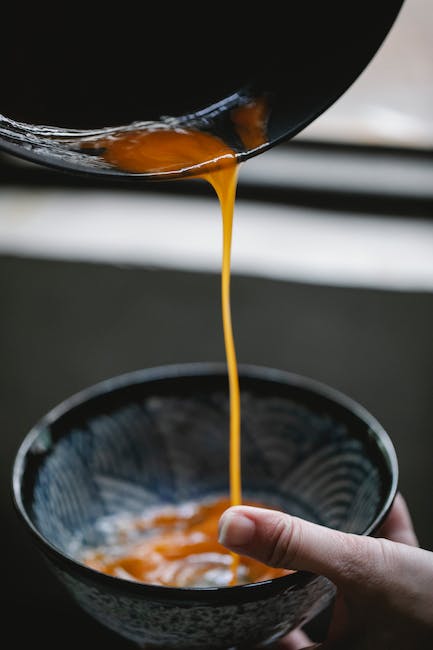
Crafting a Deliciously Juicy Chicken Recipe
If you want to achieve a juicy chicken, marinating is a vital step. An excellent chicken breast recipe will include a marinade that enhances the flavor of the chicken and helps to keep it moist during cooking.
Timing plays a crucial role in retaining the juiciness of the chicken, as well. Leaving chicken breast in the oven for too long can significantly decrease its moisture content, leaving you with a dry and overcooked dish, rather than a moist and succulent one.

Importance of a Baking Dish
The choice of baking dish also contributes to how long to cook chicken breast in the oven. A shallow baking dish exposes more surface area of the chicken to the heat, resulting in faster cooking times.
Also, baking dishes with a good heat distribution will ensure even cooking. So, try to use a high-quality baking dish when cooking your chicken breast at 350.

The Role of a Meat Thermometer
Besides determining how long to bake chicken, a meat thermometer is also a helpful tool for checking the readiness of your chicken. When the chicken’s internal temperature reaches 165 degrees Fahrenheit, it is done.
By using a meat thermometer, you can ensure that your chicken is cooked to the perfect temperature, making it safe to eat and as moist as possible.
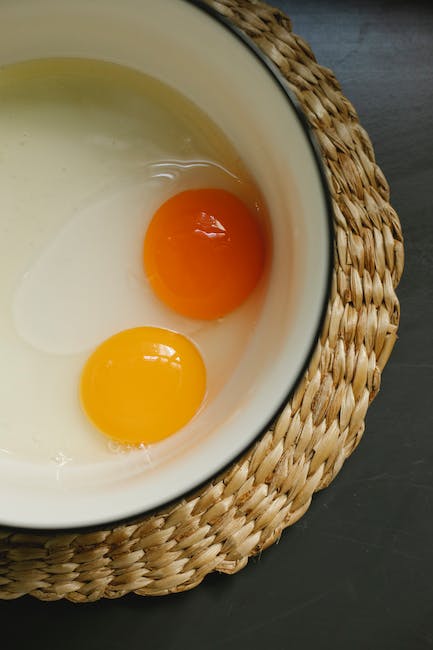
Seasoning the Chicken Breast
When cooking chicken breast at 350, it’s important to season your chicken breast before you put it in the oven. The right blend of spices can make your chicken more flavorful and exciting.
Whether you’re using a simple blend of salt and pepper or a more complex marinade, remember that the seasoning is a crucial aspect of your chicken breast recipe. So, don’t neglect this step!
Q1: How long to cook a chicken breast in the oven at 350?
A: Typically, a chicken breast should be cooked for 25-30 minutes in an oven preheated to 350 degrees Fahrenheit.
Q2: What should be the internal temperature of a cooked chicken?
A: The cooked chicken should reach an internal temperature of 165 degrees Fahrenheit.
Q3: How can I keep my chicken juicy while cooking?
A: Maintain a consistent cooking temperature and avoid overcooking. Marinating the meat can also help you get a juicy chicken.
Q4: Should I use boneless or bone-in chicken?
A: Both boneless chicken breast and bone-in chicken can be used, but note that bone-in chicken may require more time to cook.
Q5: How can I be sure my chicken is cooked thoroughly?
A: You can use a meat thermometer to measure the internal temperature, which should read 165 degrees Fahrenheit at the thickest part of the chicken.
Q6: Can I bake chicken at a higher temperature?
A: While it’s possible to bake at a higher temperature, it may dry out the chicken. The recommended temperature for baking chicken is 350 degrees Fahrenheit.
Q7: Can I use a baking dish to cook chicken breast in the oven?
A: Yes, using a baking dish is preferred when cooking chicken breast in the oven.
Q8: How important is marination for a chicken breast recipe?
A: A marinade can enhance the flavor and help maintain the juiciness of your chicken breast. It’s a crucial part of any chicken breast recipe.
Q9: How can I prevent overcooking my chicken?
A: Monitor the cooking time and consistently check the internal temperature to prevent overcooking. Remember, it’s typically 30 minutes to cook a chicken breast in an oven at 350.
Q10: Should I season the chicken before or after cooking?
A: Season your chicken before cooking. This allows the flavors to meld with the meat as it cooks.
